American Skunk Cabbage Removal & Control

The overview
Common Name: American skunk-cabbage
Latin name: Lysichiton americanus
In Detail
- American skunk-cabbage is native toWestern North America and was introduced to the UK as anornamental bog plant.
- The flowers produce a strong fragrance that resembles that produced by skunk, giving it its common name.
- The plant requires wet conditions to thrive but has no specific soil requirements and will grow well on most wet sites.
- Once established the plant is very invasive, forming dense colonies which can spread by rhizome and by seed, spread by water currents, by birds and mammals.
Images supplied by GBNNSS
Who we help
We have a long track record of managing some of the most complex sites in the country and have worked with the Environment Agency on several large flood alleviation projects, as well as providing advice to the majority of house builders and developers in the UK.
Click here to view who we help

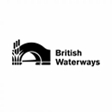


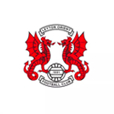


Identification
- Clump forming robust herbaceous perennial with large, leathery like lance-shaped green leaves which can grow to 1.5m in height. Leaves form after the club like flower.
- The plant flowers March – May. Flowers spikes are bright yellow and reach 40cm in height producing skunk like scent which attracts pollinators.
- The plant is spread by rhizome and by seed. Rhizome measure 30cm in length and can be 2.5- 5cm in diameter. Seeds are contained in green berry like fruit.
- Leaves die down over winter leaving bare soils, growing back in spring.
- Species can be mistaken for Lords-and-Ladies (native species) and for Asian skunk-cabbage (non-native species).
What’s the problem?
- American skunk-cabbage is a non-native species which can out compete native plants in damp habitats such as wet woodland, pond margins and stream banks.
- The plant can quickly spread via seed transported by watercourses, birds and mammals.
What are the Legal Implications? *England
- American skunk-cabbage is listed under The EU regulation on Invasive Alien Species. To control this species, it is now banned from sale, growing, cultivating or releasing into the wild. The control of this species applies to individuals and businesses however transitionary measures allow businesses to continue selling stock for a further year.
- This species is not currently Listed as a Schedule 9 species under the Wildlife and Countryside Act 1981, although there are calls for it to be added.
Control Methods
Mechanical Control
- Plants, new seedlings and rhizomes can be dug out and removed from site for disposal. However, if fragments of rhizome remain, these can regenerate and form new plants with the potential of spreading the infestation further.
Chemical Control
- The leaves can be effectively treated with herbicide however there are limitations in what herbicides can be used near water courses.
- Applications should be made June – October when the leaves are fully grown and when ground conditions are drier. Multiple applications may be required each growing season.
The use of herbicides near watercourses requires AqHerb01 approval from the Environment Agency.
If you have concerns over American skunk-cabbage species on your land, if you are unsure of your legal responsibilities, or, if you would like a quotation for control, please contact one of our specialist surveyors. Treatment costs start at £380.00 + VAT.

Where we have worked
We operate nationwide with a Rapid Response Team on standby 7 days a week, to deal with the most urgent client enquiries.
We’re a dedicated team of professionals who share a great deal of experience. We invest heavily in the continual training of all our employees, ensuring you always have a highly qualified team working on your project with the latest industry accreditations.
Our process
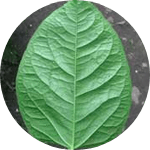
1. Identify
Our first step is to identify if you have an invasive plant. For a quick ID, you can send us some photos. Alternatively, we can carry out a full site survey to confirm the extent of the infestation.
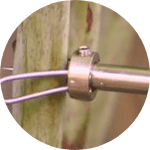
2. Solution
We will provide a range of treatment options individually tailored depending on your site requirements.
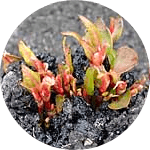
3. Quote
A detailed breakdown of costs for each phase of treatment will be provided, including on-going monitoring programmes with insurance backed guarantees.
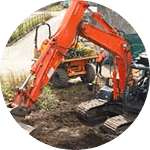
4. Removal
Our experienced and professional in-house teams will carry out the treatment to the highest of standards to achieve full eradication. All works are carried out in accordance with the INNSA Code of Practice.
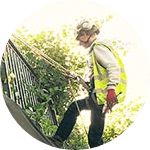
5. Treatment
A range of treatment solutions are available, from in-situ herbicide application to excavation and removal or burial. All carried out in-house by our experienced team.

